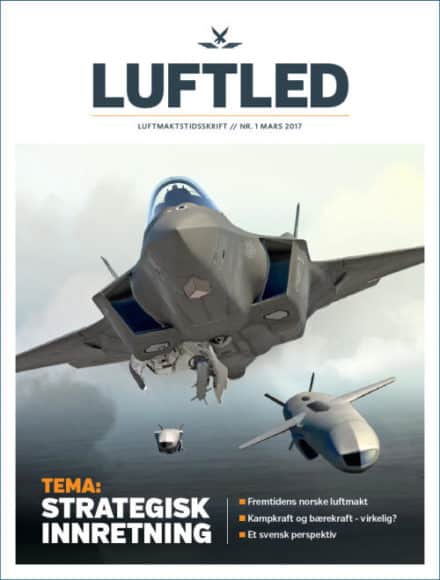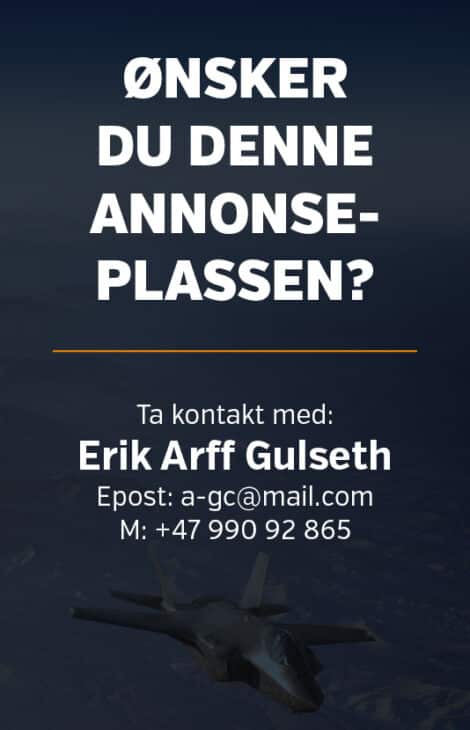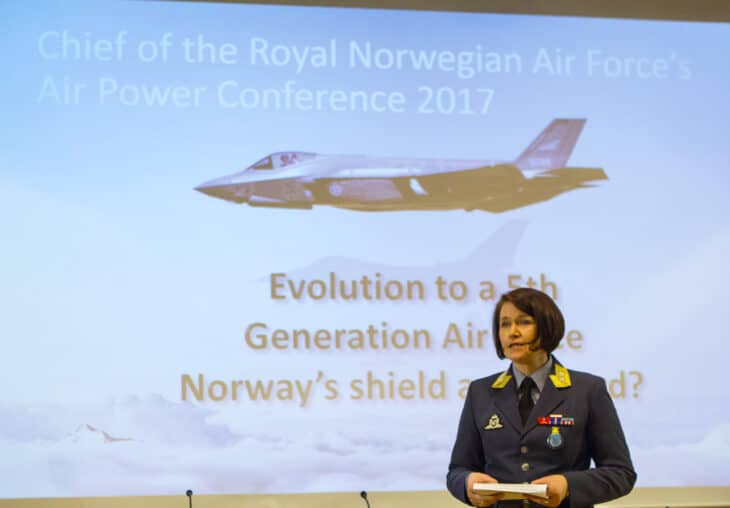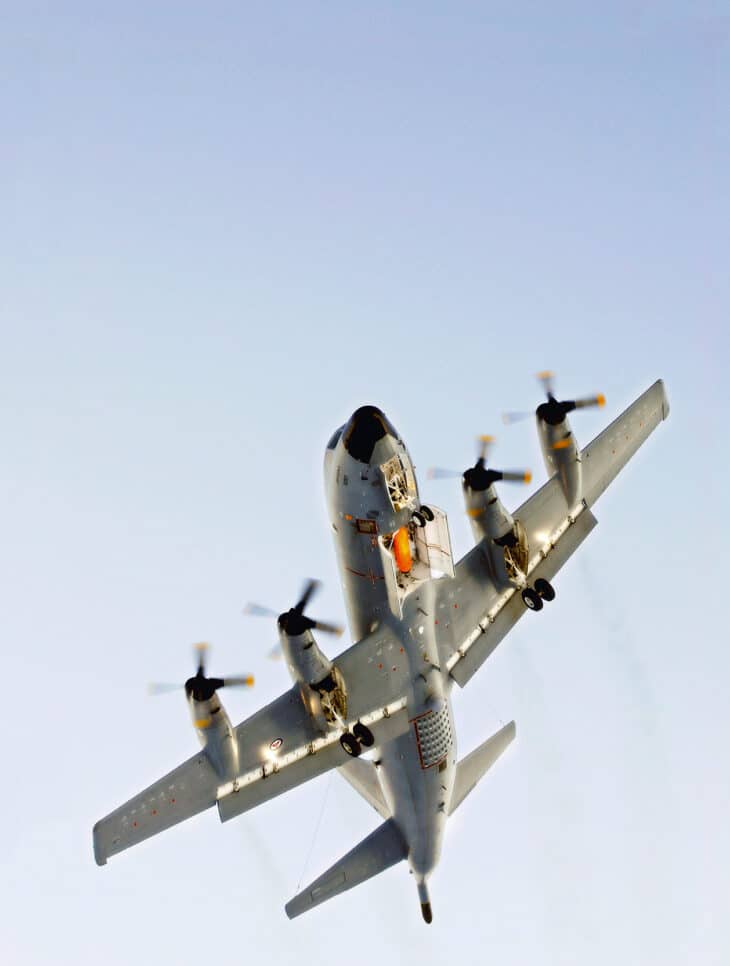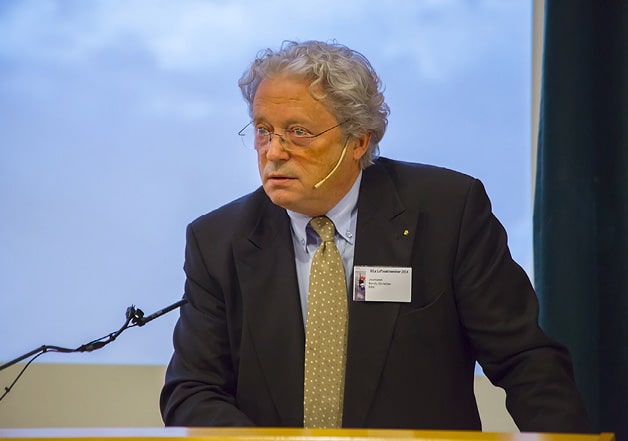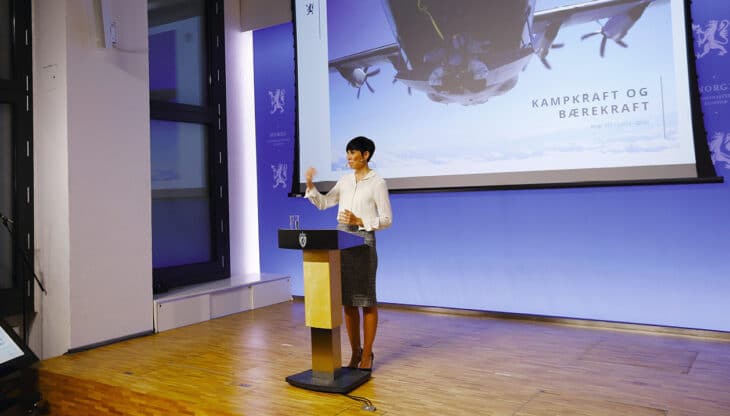THE FINNISH PERSPECTIVE ON THE STRATEGIC CAPABILITIES: FINNISH WAR EXPERIENCES
The Finnish experience is that if the nation doesn`t have the means to control the air it has only target units on ground and sea, regardless how strong they are. Only the state of art airpower makes defence forces a well-functioning joint organization.
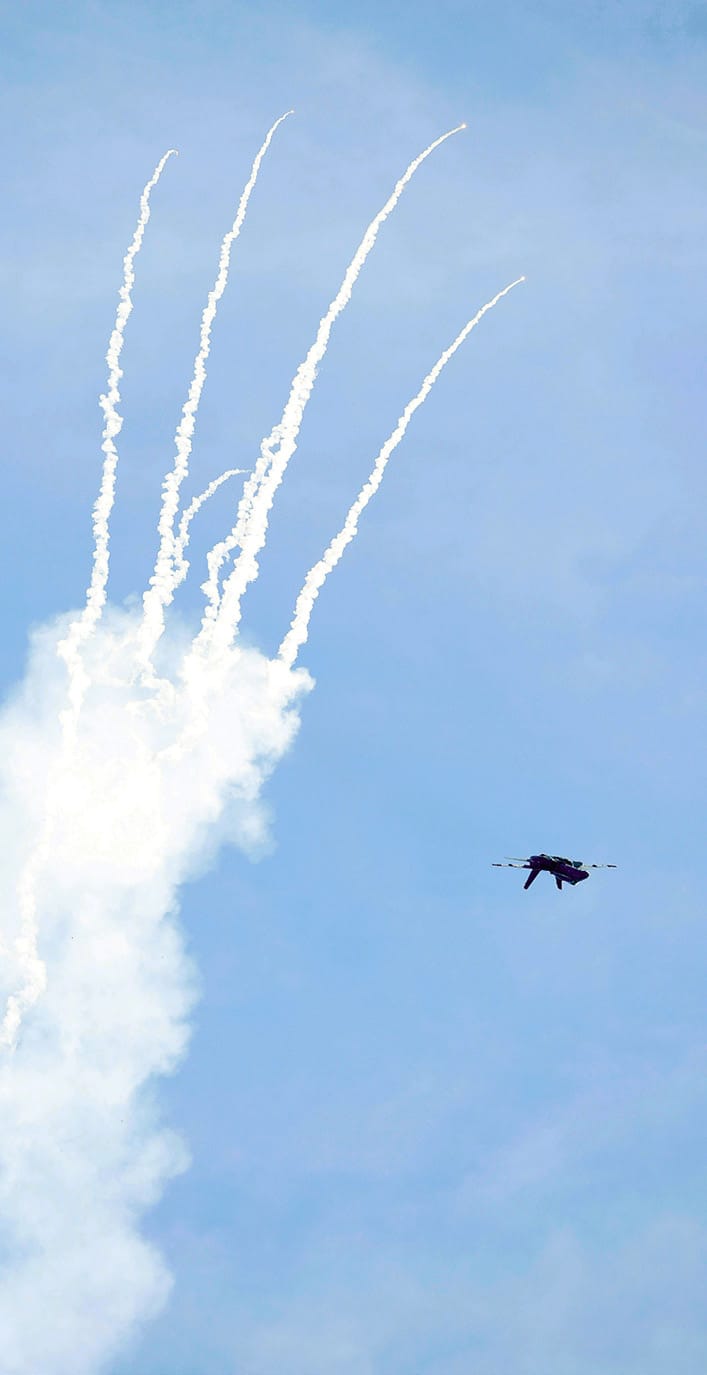
Winter War was the first real test for the Finnish Defence Forces. The advantage was the good level of training and the problem was the shortage of the material resources. The pacifism in Europe after the I World War didn`t touch Finland, because we had at the same time the victorious War of Independence where the decisive factor was the professional skill. Therefore in the Defence Forces training was continuously strongly emphasized and also the voluntary defence organizations Skyddskår and Lotta-Svärd arranged exercises and acquired material.
On the material side the most serious shortages were in the air defence. The Air Force had a very good training program and modern tactical and operational system, and it had for example adopted as the first in the world the loose section and finger four formation tactics already in 1935. The air gunnery accuracy to hit the point targets was heavily emphasized and also a well working air surveillance and control system was established. But when the war started there were only 29 Fokker C.X (FK) -reconnaissance planes, 36 Fokker D.XXI (FR) -fighters and 17 Bristol Blenheim (BL) -bombers in the squadrons while the attacking Soviet Union had over 2000 planes.
The Fokker fighters won their air combats in ratio 16 enemies shot down / one own lost, Fokker recce planes located the Soviet troops using mainly night tactics and fast Blenheims could be used as long distance recce planes, but the number of planes was simply too small. The emergency acquisitions during the war helped anyway so that the Air Force was bigger in the end of the war than it had been in the beginning. It also was a decisive factor when concentrated to attack with all resources the Soviet troops at Viipuri bay where the enemy was definitively repulsed. All in all, the Winter War was a severe lesson for the political and military leadership of Finland about the importance of airpower.
CONTINUATION WAR
The acquisitions during the Winter War and Temporay Peace had strengthened the Air Force so that it had air superiority during the advance to the defensive positions and during the trench warfare. When Stalin in summer 1944 again tried to take Finland he concentrated over tenfold quantitative superiority for his offensive. This time the defence had much firepower and good accuracy to use it.
The recce planes photographed daily the Soviet positions as targets for bombers and artillery. The bomber squadrons, escorted by fighters, hit continuously with 100 – 1000 kg bombs at the crowded enemy tank and artillery groups causing losses which even a superpower`s resources could`t stand up. The Finnish fighter squadrons shot down during the most heated phase of the fight about one Soviet air regiment per day. Soviet Union could easily replace the planes but not the pilots. After the mid July the inexperienced Soviet pilots started to avoid the air combats.
The defensive victory of the Continuation War was a close call. All defence units and organizations were most important. Airpower was one of the most decisive.
It has the right capabilities learned from the experience and demanded by the geography, location and environment of the country
INTERNATIONAL EXPERIENCES
When the I World war ended almost all later air war applications had been taken into use in one way or other. The effects were still only tactical or in some cases operational. However, in the area of reconnaissance the air forces opened a totally new and decisive operation area.
The II World War changed decisively the strategic and operational situations of the battlefield. Airpower was now a factor which had to be taken into consideration in all major operation plans. There were no possibilities to carry on major land or sea operations without air superiority or the capability to deny the opponent`s air superiority.
In Korea the military aviation moved into the jet age, but the weaponry was still from the world war age. Anyway, the air superiority and strategic bomber operations made their mark.
In the Middle East the air superiority was the decisive factor in all of the many conflicts. In Vietnam the US Air Force and Navy had political denials to act effectively but they anyway ruined every major attack of North Vietnam.
Desert Storm was the clear turning point in the airpower`s continuous rising advancement history which Billy Mitchell forecasted already in the beginning of 1920s. The traditional airpower advantages: surprise, speed, flexibility and long reach were now complemented with such kind of accuracy which permitted totally new kind of operation philosophy. The earlier successive operations could now be replaced with parallel actions which hit simultaneously enemy`s several strategic and critical assets. Since then the airpower`s accuracy has been combined with the independence of weather conditions. The result of this combination is that if the nation doesn`t have the means to control the air it has only target units on ground and sea, regardless how strong they are. Only the state of art airpower makes defence forces a well functioning joint organization.
All in all, the Winter War was a severe lesson for the political and military leadership of Finland about the importance of airpower
LONG TERM DEFENCE PLAN FOR THE NORWEGIAN DEFENCE FORCE
In my opinion the planned acquisition of capabilities of F35, new submarines, new MPAs and long range missiles is a very good solution for the future defence of Norway. It has the right capabilities learned from the experience and demanded by the geography, location and environment of the country. Actually, we have here in Finland a plan which has similar items. The Army has just improved its firepower for example with long range smart ammunition, Navy has started its Squadron 2020 program, the long range missiles JASSMs are joined in the air weaponry and the plan to replace the F/A-18 Hornet C/D fighters has been started.
I wish all the best for your Long Term Defence Plan!
